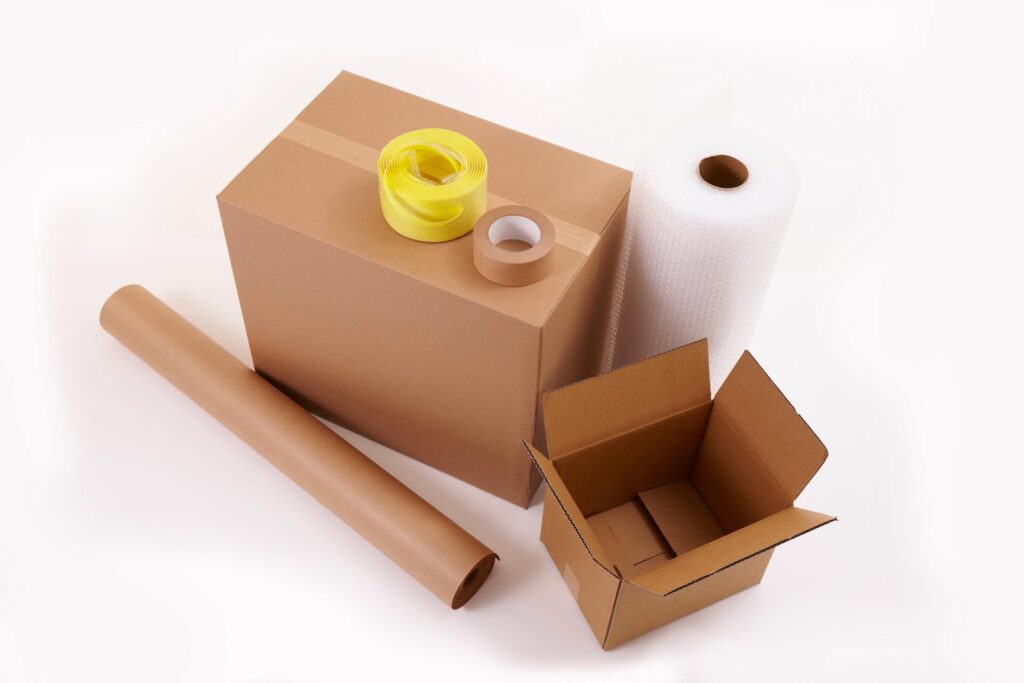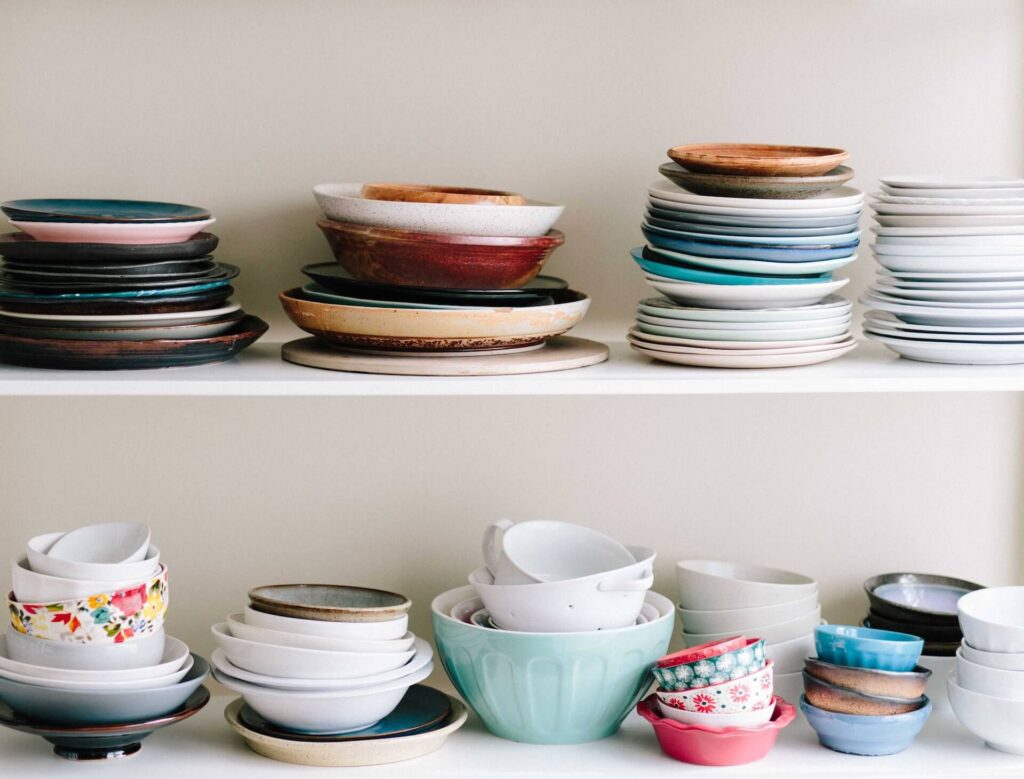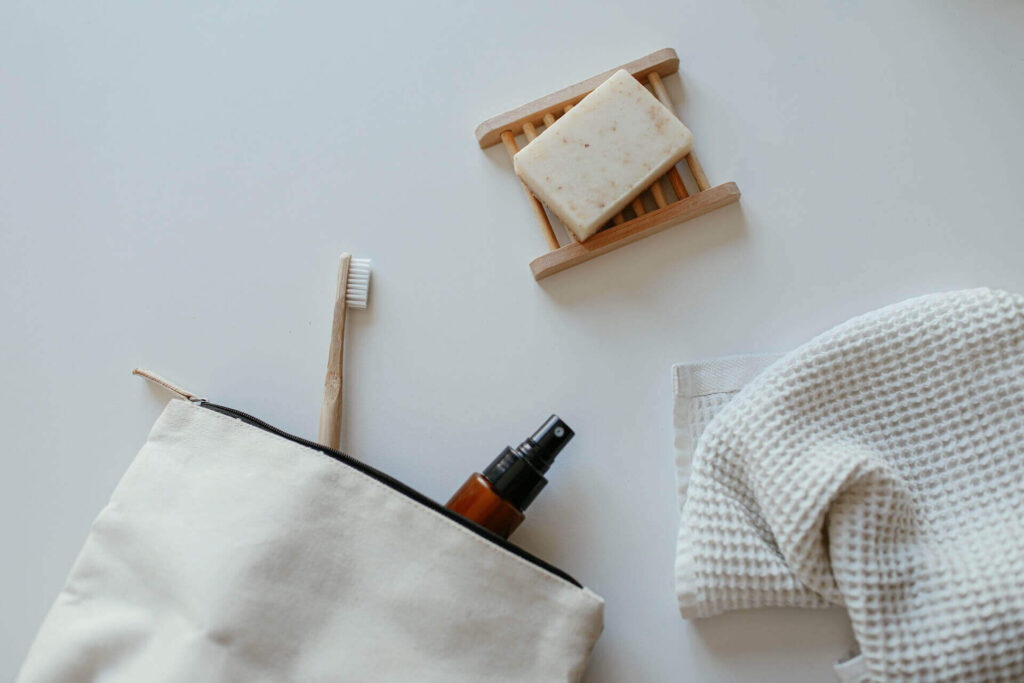Relocating to a new country is exciting, and there are so many things to think about. However, you have to organize the whole process before you even start packing. To help make your transition as seamless as possible, ensure you make a packing list that will help you relocate without a fuss.
When you’re booking professional international moving services, it’s important to take into account both what to keep and what you need to leave behind. While it might be tempting to pack up your entire life, especially if you have help from efficient movers and their packing services, chances are you won’t have the space or the need for all your belongings in the new home. So, before you start packing, sit down and put all the relocation essentials on your to-do list.
Before Making a Packing List, You Should Declutter
The first step to making a packing list is decluttering your home. Make sure you get rid of anything that you’re not going to need or use after relocating. This will help keep your load lighter and make it easier to organize the items that you do need. In fact, omitting this part is one of the biggest relocation mistakes you can make.
Start by sorting through your wardrobe, medicine cabinet, pantry, and other areas. Put aside the items you don’t need and discard or donate them – on the Goodwill website. Not only will this simplify your packing process, but you’ll also have a better idea of what to pack for your trip.
Guaranteed prices for International Moving. No hidden fees or surprises!
Gather Different Types of Supplies
People who are relocating for the first time have a lot of questions to ask their international mover. This is completely normal, and you should be able to ask the relocation crew anything about the move, as they can give you some amazing relocation hacks you could use. For example, what packing supplies to get and how to use them.
One of those hacks is to consider creating a packing checklist before you start the whole process. The following things might easily turn into packing necessities for relocation as you get ready for the big day.
- Boxes – wrapping your things implies you’ll have to find containers to put them in. It can be simpler to organize your home if you get containers in various sizes.
- Tape – having a powerful adhesive will help you safely store your household goods by sealing boxes, wrapping fragile things in bubble wrap, and more.
- A pair of utility scissors – numerous materials can be sliced with utility knives. When assembling stuff, being able to cut tape or some other materials cleanly helps reduce any frustration.
- Permanent marker – box labels should be included, as you certainly don’t want to forget which items were put where. Label boxes using permanent markers to enable easy room-by-room organization and prioritization of unpacking.
- A plastic bag – these can be useful for keeping non-perishable food products as well as smaller goods like utensils.
- Blankets – breakable things, such as mirrors, can be further cushioned with blankets.
- Newspaper and bubble wrap – when packing kitchenware like cups and dishes, newspaper or bubble wrap can be used in a similar fashion to blankets.
- Handcart – lifting large objects and cartons is made easier by using a handcart. This also reduces the risk of harming yourself by lifting heavy boxes.
We all know that moving internationally is everything but affordable. That’s why you should make a relocation budget and count on spending some money on these supplies to keep your belongings safe and sound during transport.

Determine the Room Order
When you decide it’s time to move, after considering all the reasons and going through the benefits of the relocation, you should get a packing guide that will help you stay organized and focused during this process. So, start packing the rooms and items you won’t use until the big move, based on how many months or weeks there are till your move.
Storage spaces and guest bedrooms might be low-stress starting points that won’t significantly disturb your life. Before your move, you won’t likely need access to your books, records, or valuables because you’ll be too busy organizing and wrapping your stuff.
Some homes that have amassed so much stuff over the years will have a bunch of things that could be tossed away. Even though you don’t want to, try to pack unnecessary stuff from the kitchen first. It’s one of the hardest rooms to pack, so pack any dishes or appliances you don’t frequently use first. You can also make a room-by-room list of everything you must bring and be ruthless about throwing away anything broken or barely used.
Set Aside the Do-Not-Pack Items
When relocating to a new home, decide what you don’t want to pack before professional movers come and place it in a bag or tote separate from the rest of your stuff. Consider the immediate needs you’ll have in a new home, including toilet paper, paper towels, specific cleaning products, and perhaps a pot for cooking in case the movers are running late.
You should also set aside at least one change of clothes for each member of your household, as you’ll probably arrive before your belongings. Make sure you have access to the necessities for kids and dogs, like snacks, pet food, and medications. You should transport everything you use on a regular basis in your car.
Set Aside Extremely Fragile Items
It might be a good idea for you to be in control of the things that hold a lot of sentimental worth if you’ve asked pals to assist you in boxing up. This group includes wedding gowns, delicate objects, works of art, and other items that are challenging to pack. That’s why it’s best to use some additional bubble wrap for your great-grandmother’s old tea set.
Extra packaging is also required for tools, cleaning supplies, paint, batteries, fire extinguishers, and ammonia. Given the risk involved in carrying them, think about throwing away the hazardous cleaning items instead or simply check what movers won’t move. Make a thorough inspection of your basement and garage, then bring it to the city’s hazardous waste disposal facility.

Start With the Kitchen
While you may have already decided to live in another country, you have other things to figure out, like how you should pack your kitchenware in the best possible way. Check the following steps that will help you do it in no time:
- Refrigerators should be defrosted for at least two days or 48 hours before moving away,
- Dishes should be packaged properly in newspaper or bubble wrap,
- For glasses, use boxes with dividers,
- Tape the cord and remove blades or other loose parts from tiny appliances,
- Seasonings and jars should be wrapped in a bubble or paper wrap and packed at the bottom of the box.
Don’t Skip the Dining Room
Even if you are planning on living on your own after moving overseas, you shouldn’t skip the dining room when organizing the wrapping process. If you have a rug, roll it and seal it with packing tape or plastic wrap. When it comes to chair legs, take them off and put them in the boxes with their nails and casters in a plastic bag with labels. After wrapping it with a blanket, put the dining table somewhere it won’t slide around.

Go Through the Living Room
Wrapping up the living room will require many relocation tips since there’s usually the most stuff to pack. Let’s start with electronics – unscrew the base of TVs and PCs and cover the equipment with blankets. The smaller stuff, like cables, power cords, and remote controls, can be taped to each electronic component so they don’t get lost or mixed up.
The bulkier items, such as chairs and couches, will require some physical work to transport them – you’ll have to remove the legs. To avoid scuffing, cover the coffee table’s top with a blanket. Lastly, put books and other smaller objects in smaller boxes, as the weight can quickly stack.

Take Care of Your Bedroom
The bedroom usually has some of the bulkiest objects, and people usually keep their clothes in the bedroom as well. So, start with placing casual clothing folded in the boxes. You can also invest in hanger-friendly wardrobe boxes for your formal attire.
When it comes to those bulky items like a mattress, put it in a mattress cover, so it’s shielded from the elements while being moved. Keep pillows and bedding in the boxes with labels on them after placing them in plastic bags. That way, bedding and pillows will be protected from dust.
Get Your Home Office Ready
Nowadays, many people still work from home and have their own office there, so you should deal with packing this room carefully as well. Keep important documents in a secure and waterproof file box and ensure all paperwork is copied, just in case. If you’re just not sure how to organize your home office papers, check out some tips on how to do it in the video below.
The Bathroom Will Take a Bit More of Your Time
Most items in the bathroom shouldn’t be transported since they are hazardous. Still, check how to efficiently pack the stuff you can move to another country:
- Ensure there’s easy access to your toiletries in your new house by grouping your products together,
- For each bathroom in your new home, put towels, soap, toilet paper, and other supplies in a separate box,
- Make sure you include all prescriptions and first aid items in separate, easy-to-access boxes.
Check the Laundry Room
Put the stuff from your laundry room on your relocating abroad checklist, too. This means you should disconnect the washer and dryer and all components they come with. After that, you can fill bags with detergents and fabric softeners and give them away since you don’t want to risk them leaking during transport. To make moving easier, pack socks, t-shirts, and other items in laundry hampers to use as moving boxes.

Don’t Forget to Pack Outdoor Furniture and Garage
With so much attention being paid to objects inside the house, be sure to think about how to protect and wrap the outside furniture, as well as all the stuff in the garage. So, ensure you have enough time to do it and avoid last-minute relocations if you want to take the following steps:
- Before relocating, empty propane tanks, charcoal, or burned wood from barbecues, fire pits, and heaters,
- Clean and disassemble furniture to make relocation easier,
- Keep the toolbox and other equipment you might need for packing last,
- For protection, wrap any sharp objects in cardboard, towels, or their original carrying containers,
- Recycling old light bulbs is a good idea.
Relocate Efficiently With a Helpful Guide to Packing for a Move and Professional International Movers
By being prepared for an international move and packing smartly, you can ensure your move goes off without a hitch. However, keep in mind there’s no greater help than a professional and experienced international moving company. So, make sure you hire movers who will be by your side during the entire move.
